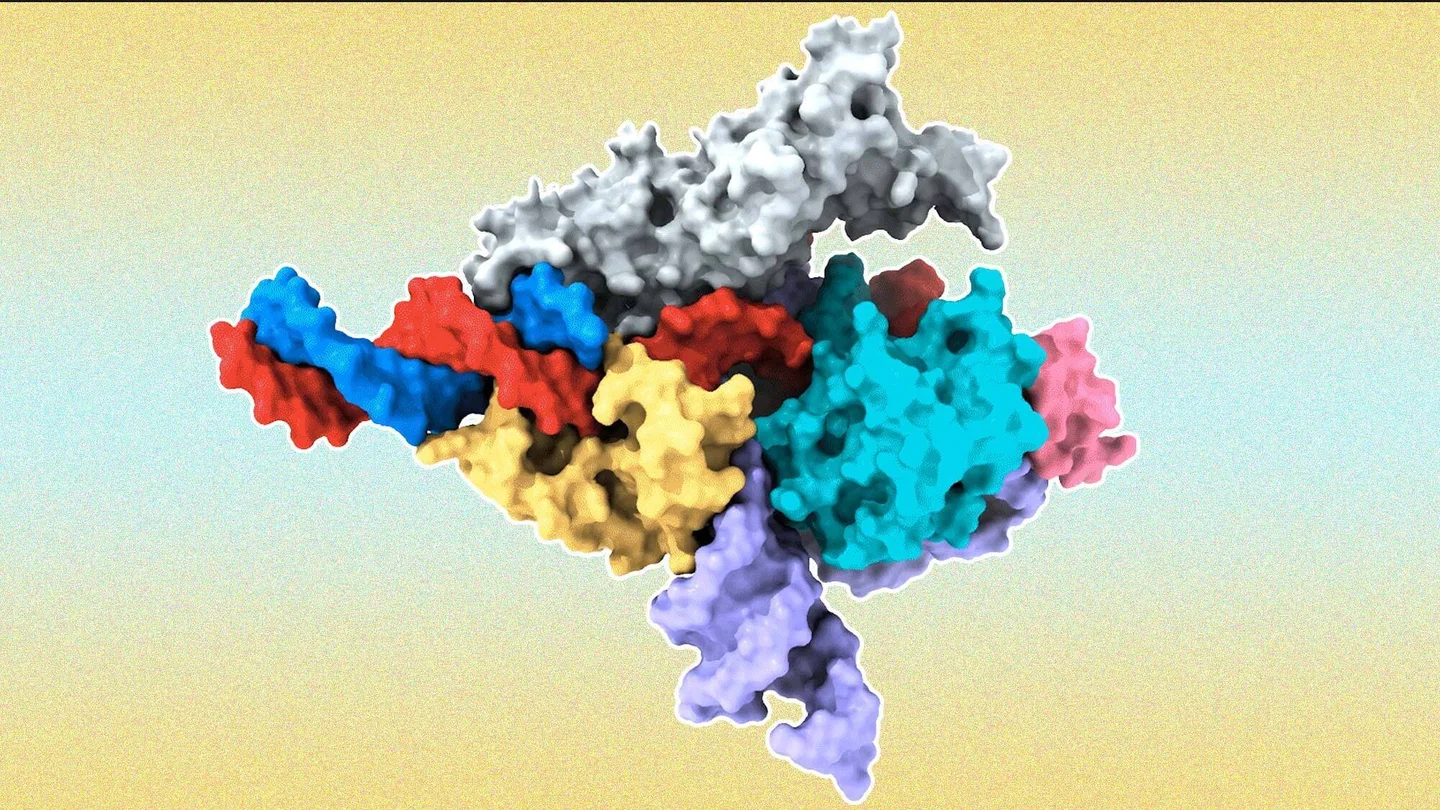In the realm of gene editing, a team of researchers has made an intriguing discovery that could revolutionize the field. They have identified a natural gene-editing system based on a protein called Fanzor, which shows promise for being even more precise than the well-known CRISPR gene editing technique. Unlike CRISPR, this newly found RNA-guided system operates in eukaryotes, including fungi, plants, and animals, which possess cells with a nucleus. The findings of this groundbreaking study were published in the esteemed journal Nature.
Expanding the Horizons of Biological Editing: CRISPR, initially discovered in prokaryotes, has been a game-changer in genetic engineering due to its versatility and programmability. However, the recent identification of the Fanzor protein reveals an alternative method that exhibits enhanced precision, especially in eukaryotic organisms. By utilizing RNA as a guide, Fanzor proteins exhibit precise DNA targeting capabilities and can be reprogrammed to edit the genome of human cells. Additionally, the Fanzor system shows potential for more efficient delivery as therapeutics compared to CRISPR systems.
A Journey from Prokaryotes to Eukaryotes: The presence of RNA-guided DNA-cutting mechanisms has been unveiled in both prokaryotes and eukaryotes, indicating a shared genetic heritage. Researchers have been actively exploring RNA-programmable systems beyond CRISPR, leading to the discovery of the OMEGA systems in prokaryotes. The similarities observed between prokaryotic OMEGAs and Fanzor proteins in eukaryotes suggested the possibility of Fanzor enzymes utilizing an RNA-guided mechanism to target and edit DNA. Further investigation involved isolating Fanzors from various species such as fungi, algae, amoebae, and the Northern Quahog clam. These Fanzor proteins, characterized as DNA-cutting endonucleases, employ ωRNAs, non-coding RNAs, to target specific genomic sites, marking the first instance of such a mechanism found in eukaryotes.

Unleashing the Potential of Fanzor: To evaluate Fanzor’s potential as a genome editing tool, the team conducted experiments on human cells, demonstrating its ability to generate targeted insertions and deletions within the genome. While initial findings suggested lower efficiency compared to CRISPR systems, introducing specific mutations into the Fanzor protein significantly boosted its activity. With reprogramming capabilities akin to CRISPR, the Fanzor system holds promise for future research and therapeutic applications. Moreover, researchers anticipate the existence of numerous other RNA-programmable systems in nature, waiting to be discovered and harnessed.
The recent discovery of the Fanzor protein and its RNA-guided gene-editing system in eukaryotes presents a significant milestone in the field of biological editing. Offering potential precision beyond CRISPR, this newfound mechanism opens up new avenues for targeted genome manipulation and therapeutic advancements. As scientists continue to explore the vast diversity of nature, further RNA-programmable systems are anticipated to emerge, expanding our knowledge and capabilities in the fascinating world of genetic engineering.
What exactly does CRISPR do? CRISPR, an acronym for Clustered Regularly Interspaced Short Palindromic Repeats, is a revolutionary gene-editing tool that allows scientists to modify DNA sequences with remarkable precision. It works by utilizing a guide RNA molecule to target specific locations in the genome, where it enables the addition, removal, or alteration of genetic material. This technology has the potential to treat genetic diseases, enhance crop yields, and advance our understanding of biological processes.
Why is CRISPR so controversial? CRISPR technology has sparked significant controversy due to its potential ethical implications and the profound impact it could have on society. Some concerns raised include the risk of unintended genetic mutations, the potential for misuse or unintended consequences, and the ethical considerations surrounding altering the germline (inheritable changes). The controversies surrounding CRISPR highlight the need for careful regulation, robust ethical discussions, and responsible use of this powerful tool.
Why is CRISPR illegal for humans? As of now, CRISPR is not entirely illegal for use in humans. However, the regulatory landscape surrounding CRISPR and human applications varies across different countries and jurisdictions. Many countries have strict regulations and ethical guidelines in place to govern the use of CRISPR in human germline editing, which involves modifying the genes that can be passed down to future generations. This level of regulation aims to ensure the responsible and safe use of this technology.
Has CRISPR been used on humans? Yes, CRISPR has been used in various clinical trials and research studies involving human subjects. While most of the applications are in the early stages, scientists have explored the potential of CRISPR for treating certain genetic disorders, such as sickle cell anemia and certain types of cancer. However, it is important to note that the use of CRISPR in humans is highly regulated, subject to rigorous ethical considerations, and typically limited to somatic cell editing, which does not affect future generations.











